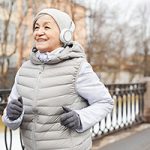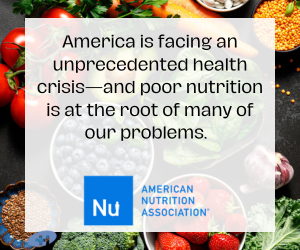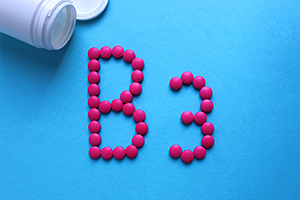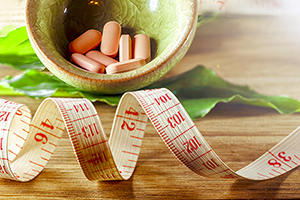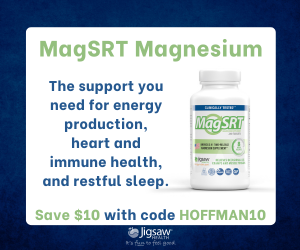The findings indicate that this type of strength training may be an effective and maintainable method of increasing bone mineral density in older people and sedentary groups. A secondary finding indicates postmenopausal women and osteopenic individuals (those with low bone mineral density) would benefit most from a low-weight, high-repetition exercise regimen.
“These findings challenge the traditional thought that high-weight, low-repetition exercise is the ideal way to increase bone mineral density,” said Jinger Gottschall, Associate Professor and lead researcher of the study conducted at Penn State. “This is such a profound finding because low-weight, high-repetition exercise is easily attainable by anybody and everybody. This approach could help at-risk populations minimize the risk of osteoporosis.”
The study analysis found:
- Participants in the weight-training group demonstrated an 8 percent increase in leg bone mineral density, a 7 percent increase in pelvis bone mineral density, a 4 percent increase in arm bone mineral density and a 4 percent increase in spine bone mineral density. The core group’s bone mineral density did not change significantly.
- Postmenopausal women and osteopenic individuals experienced significant bone mineral density increases of up to 29 percent.
- A positive correlation between squat strength and pelvis bone mineral density, a link that indicates the exercises used in the study could effectively decrease the risk of a hip fracture.
According to the National Osteoporosis Foundation, by 2020 approximately 14 million people over the age of 50 are expected to have osteoporosis and another 47 million to have low bone mass.(1) After age 40, bone mineral density declines at an accelerated rate;(2) therefore, it is crucial to build a peak bone mass before this rapid decline and to maintain bone mass later in life.
The hip is the most common and devastating fracture site for elderly people with osteoporosis.(3) According to Gottschall, a large proportion of fall-related deaths are due to complications following a hip fracture. One out of five hip fracture patients die within a year of their injury. Maintaining a healthy bone mineral density in the pelvis and legs can help prevent these life-altering breaks, says Gottschall. High-repetition exercise is a great way for people to build full-body strength.
“Heavy weightlifting has been shown to increase bone mineral density, however many older and inactive adults cannot safely participate in this type of strenuous activity. The exercise regimen used in this study is a more feasible option,” said Bryce Hastings, Group Fitness Research Officer, Les Mills International. “The beauty of LES MILLS BODYPUMP is that it is built on high-repetition choreography and instructors can identify progressive movement options for participants of any fitness level so they can build strength and bone density.”









